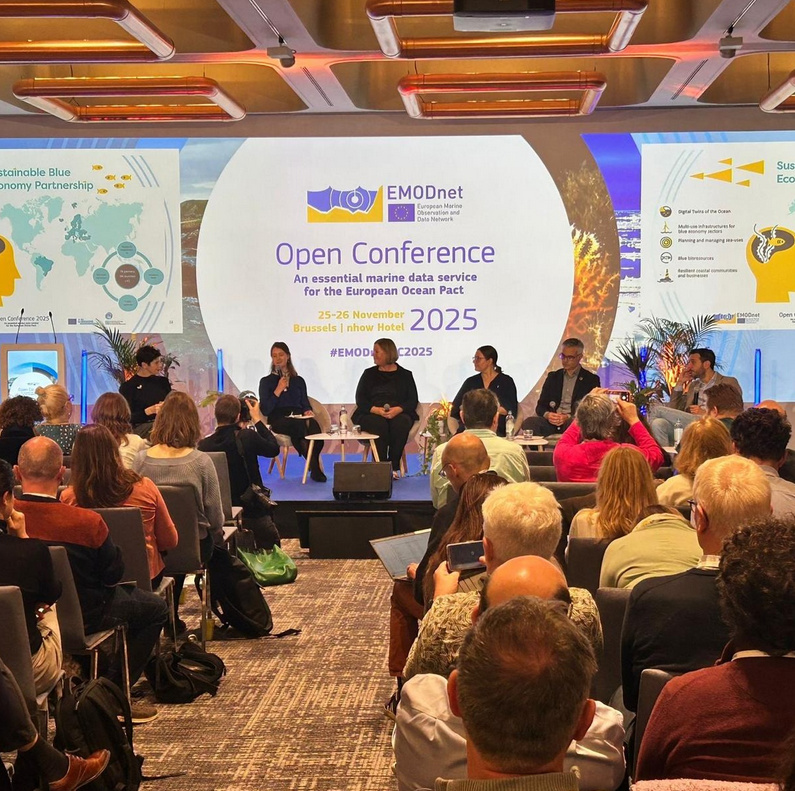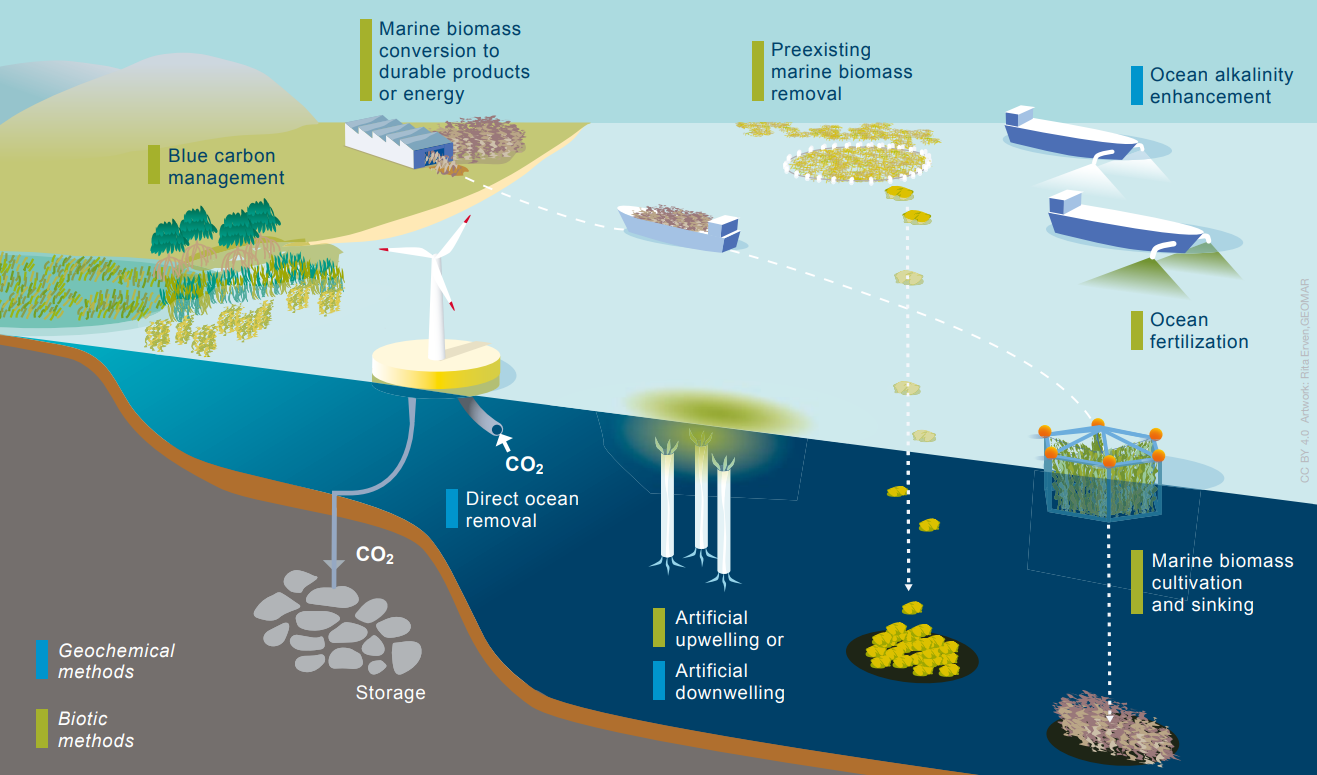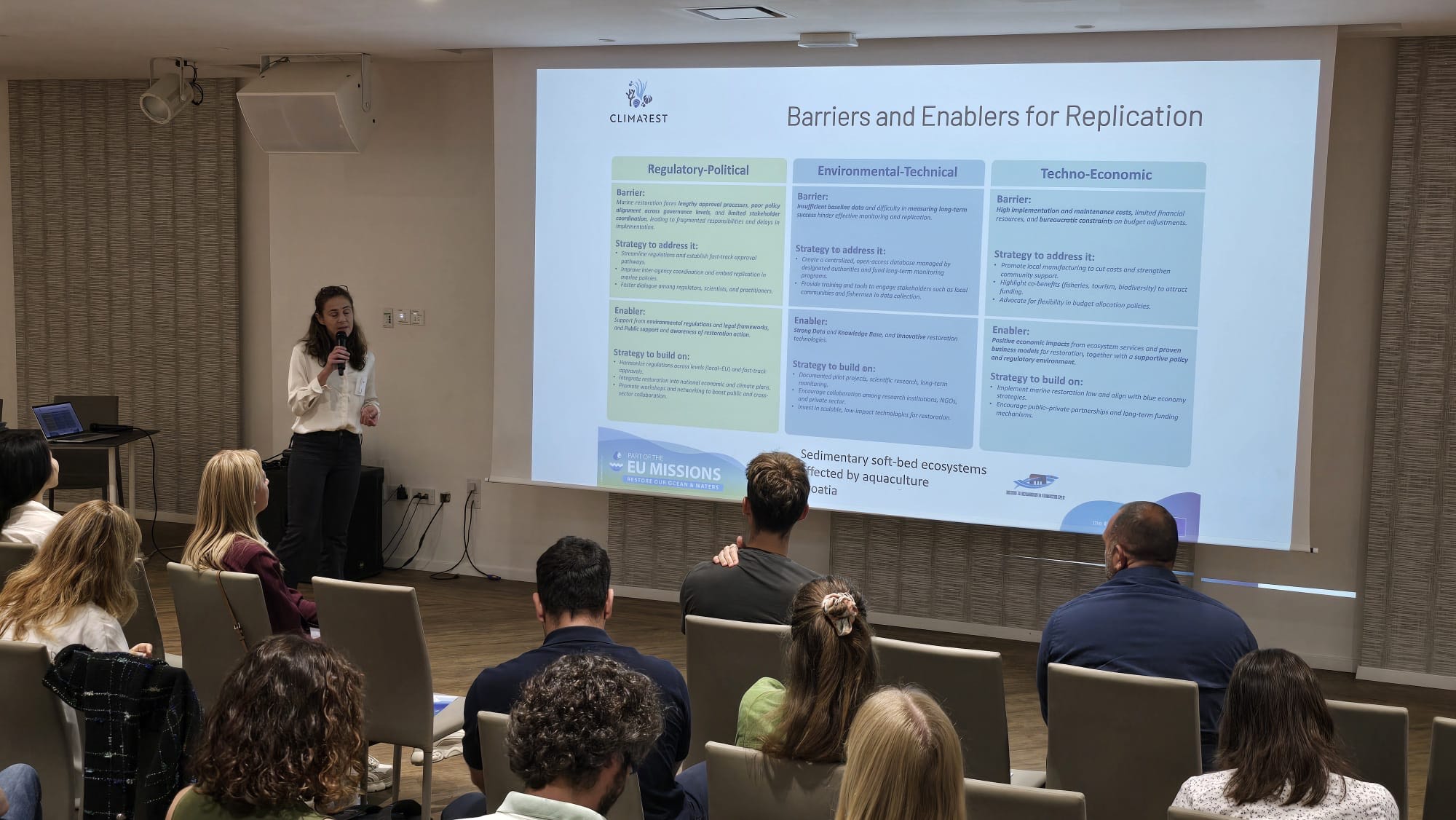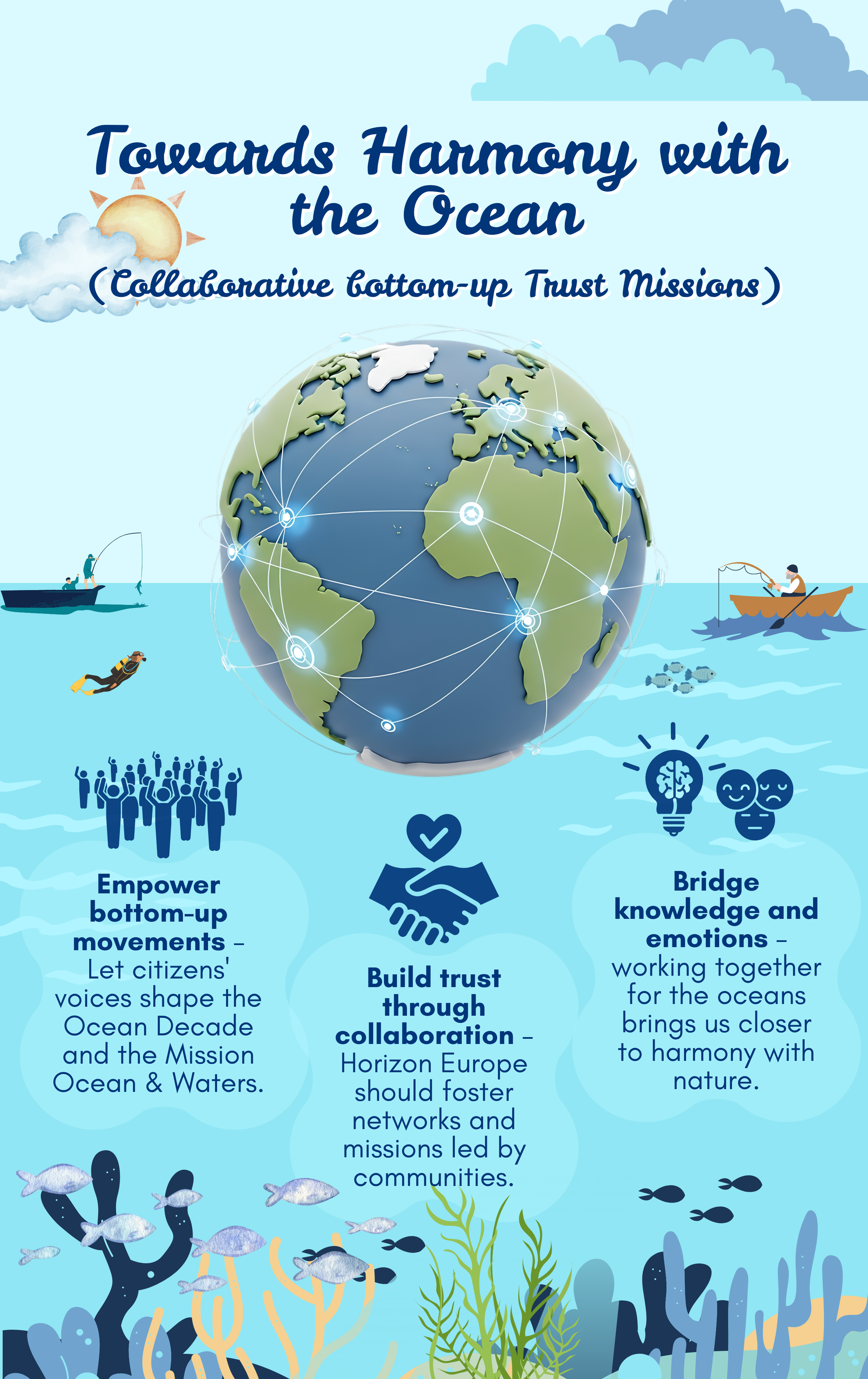The Croatian Adriatic coast continues to be considered safe in terms of seafood quality, including shellfish, which represent an important part of both the dietary and economic systems.
Due to increasingly pronounced climate change and persistent anthropogenic influences altering the marine ecosystem and phytoplankton dynamics, the primary producers of marine biotoxins, our goal is to continuously monitor potential risks to human health. Therefore, mussels (Mytilus galloprovincialis Lamarck, 1819) are regularly collected and analyzed to determine the presence of harmful substances, namely lipophilic biotoxins.
Last year, for the first time in the central Adriatic region, in the Krka River estuary, we detected the presence of azaspiracid-2 (AZA-2), a natural toxin produced by certain species of dinoflagellates, which shellfish can accumulate while filtering seawater. Soft tissue samples from the shellfish were analyzed using liquid chromatography coupled with tandem mass spectrometry (LC–MS/MS), and the presence of the toxin was confirmed by comparing retention times and fragmentation spectra with certified reference materials (NRC, Canada). In humans, azaspiracids can cause gastrointestinal symptoms such as nausea, diarrhea, vomiting, and abdominal pain.
However, there is no cause for concern, as all analyzed concentrations were well below the maximum permitted levels according to current European legislation. Following the highest recorded levels in January (up to 146.90 µg/kg), concentrations gradually decreased, and from May onwards, AZA-2 was no longer detected in samples from either commercial or indicator species.
This finding further confirms the importance of regular and scientifically based monitoring of the marine environment to promptly detect potential changes, effectively protect public health, and ensure the safety and quality of domestic seafood.
To mark this discovery, our scientist Dr. Romana Roje Busatto presented the research findings at the international EGU General Assembly (EGU25) in Vienna, within the Biogeosciences session – Aquatic biogeochemical cycles: From measurements to understanding patterns and processes in stream networks, lakes, wetlands, and estuaries. The presentation, titled “First detection of azaspiracid-2 in shellfish from the Croatian coast of the Adriatic Sea”, was co-authored by Ivana Ujević, Antonija Bulić, Stjepan Orhanović, Ivana Pezelj, and Tanja Bogdanović. EGU25 brings together scientists from around the world and serves as a key platform for presenting and exchanging the latest scientific knowledge in the field of geosciences.
This research was carried out within the framework of the BioToks project, funded by the Croatian Science Foundation, and the BioPlan project, co-financed through the National Recovery and Resilience Plan 2021–2026 (NextGenerationEU). Additional support was provided through the Career Development Project for Young Researchers, in which our PhD student Antonija Bulić also participated.
Link to a poster: https://meetingorganizer.copernicus.org/EGU25/EGU25-21176.html




